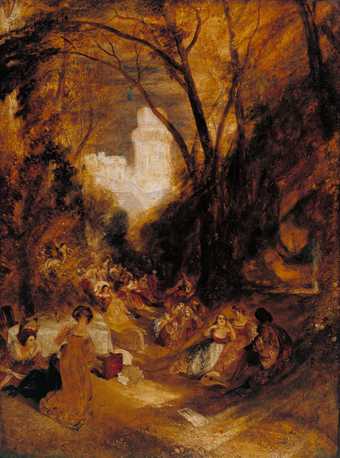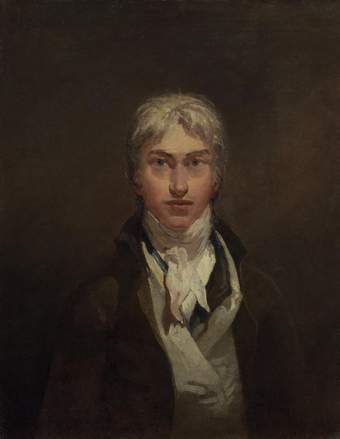This exhibition celebrates the achievements of one of the greatest watercolour painters, 200 years after his death. Thomas Girtin was born in London in 1775, the same year as J.M.W. Turner, and died in 1802, at the age of twenty-seven. The art of watercolour was transformed during Girtin's brief life. This was especially marked in landscape watercolours, which grew in scale and ambition. Led by Girtin and Turner, watercolourists abandoned careful stained drawings for a more dramatic style of painting that captured moods and a range of light and weather effects. Not everyone welcomed the rapid technical changes, especially as revolution and war threatened the established political order. For a brief period, however, watercolour painting was the epitome of modern art, and the landscapes of Girtin and Turner were welcomed as a national triumph.
Girtin was apprenticed at the age of 14, in the year of the French Revolution, and by the age of 19 he was exhibiting at London's Royal Academy, and producing watercolour landscapes for private patrons. However, unlike Turner, Girtin remained something of an outsider to the art establishment: he did not study at the Academy's schools, and was rumoured to have radical, or even revolutionary sympathies. He also tried to break away from the traditional reliance on the patronage of the wealthy, partly by trying to sell his work on the open market, and partly through two larger projects aimed at a mass audience: a group of twenty printed Views of Paris and an enormous 360 degree panorama of London, known as the Eidometropolis, which opened shortly before Girtin's death.


